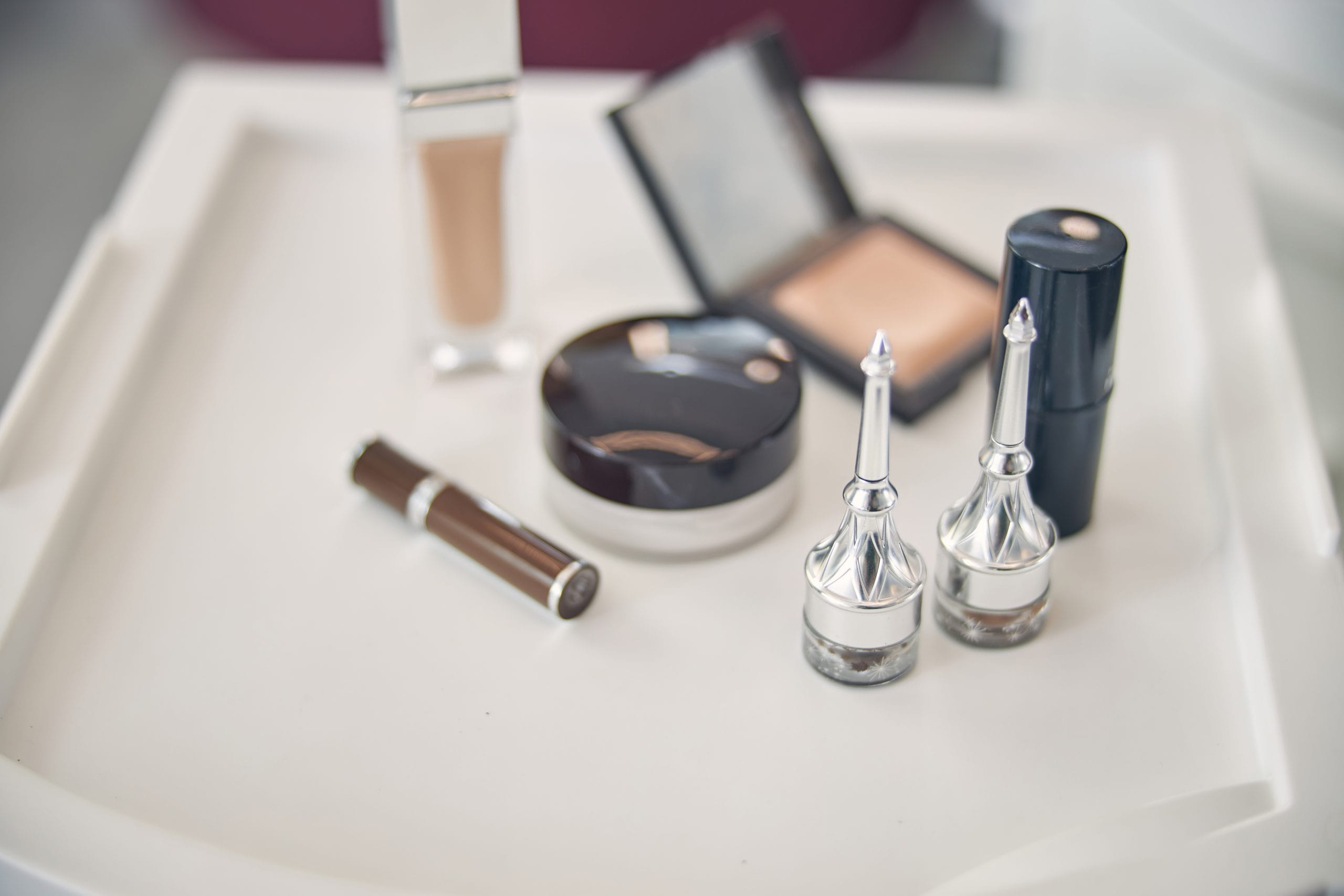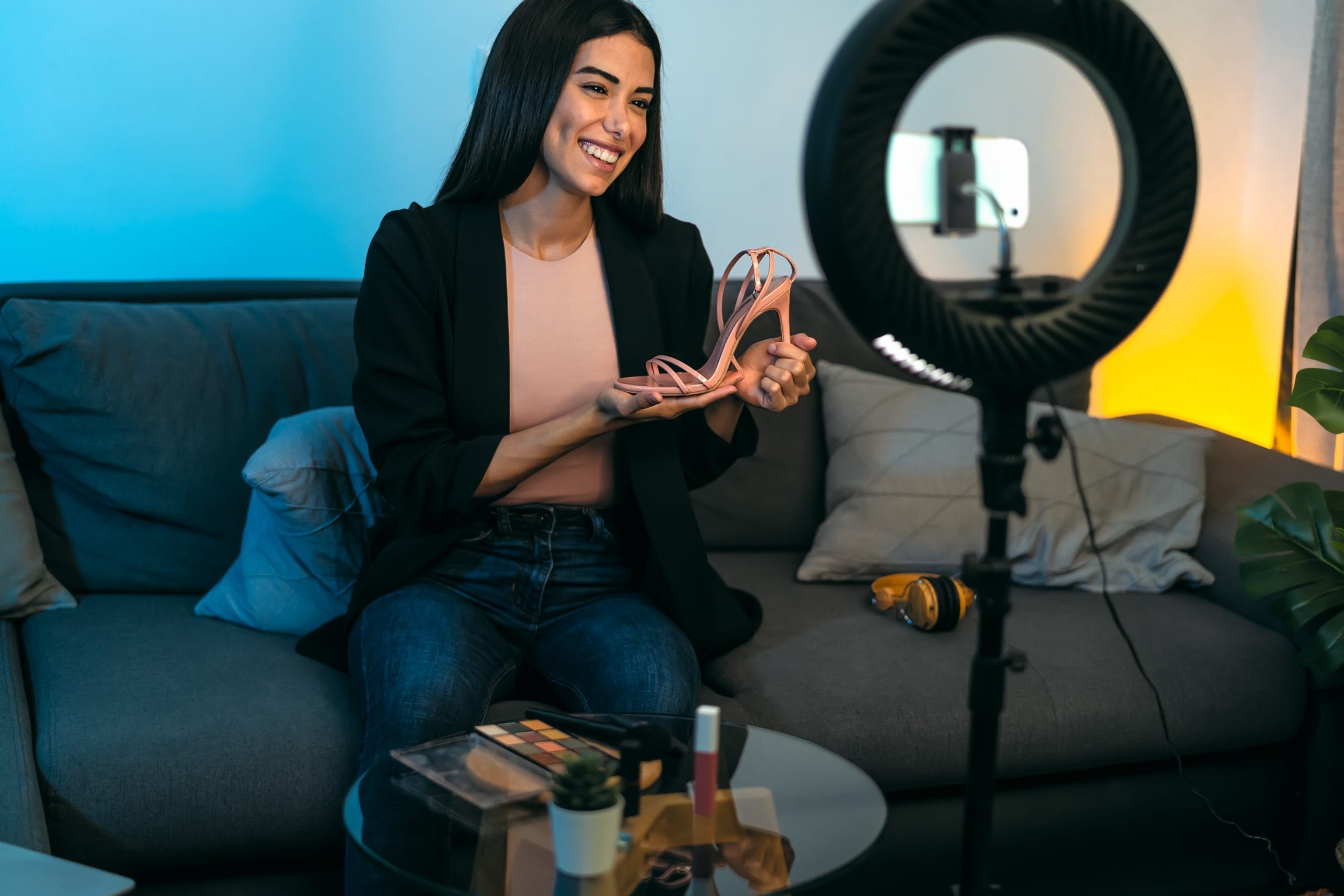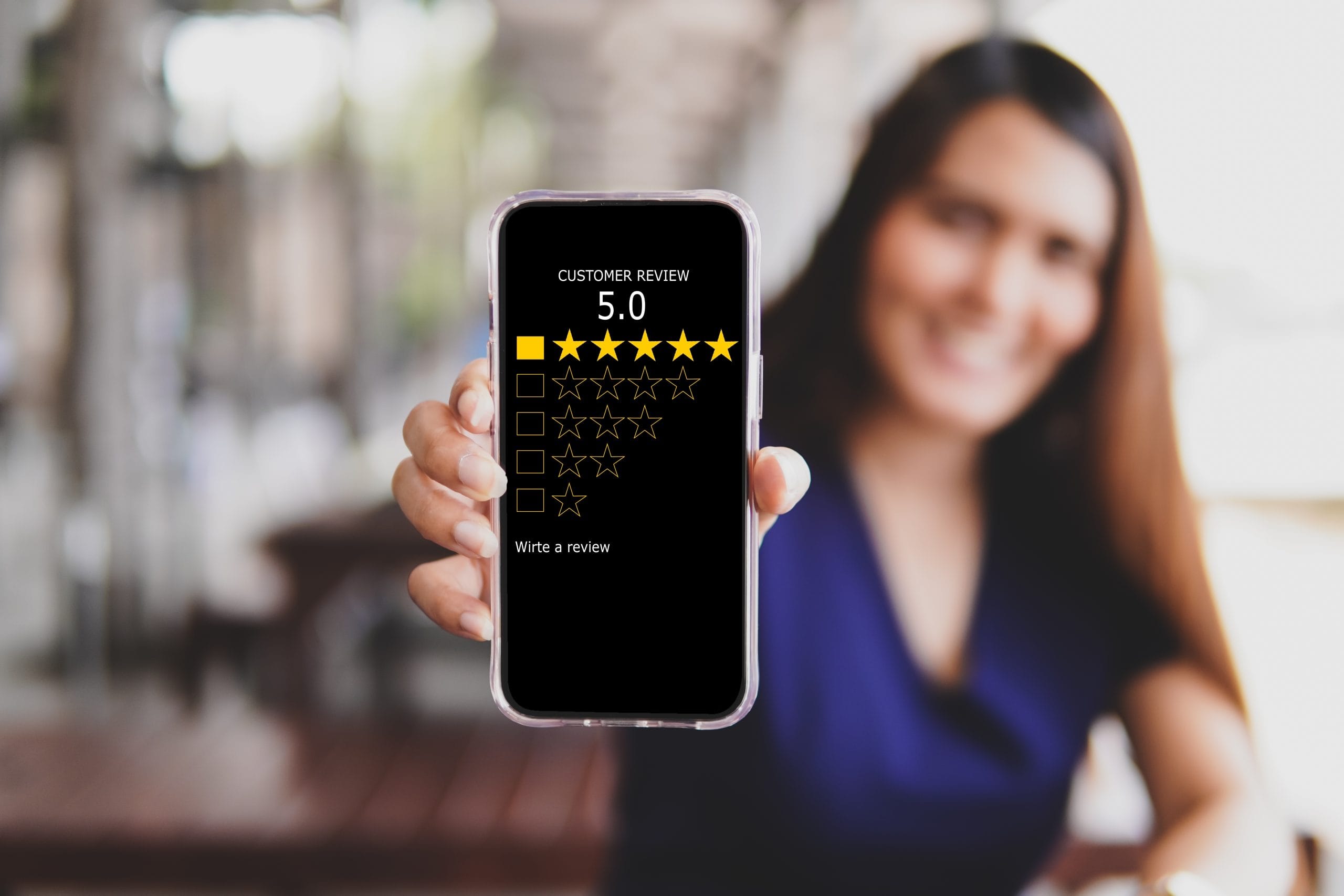The beauty industry is undergoing a powerful transformation. At the heart of this shift are clean beauty startups that are rewriting the rules once dictated by global retailers. These younger, agile brands are no longer operating in the shadows of giants. They are building loyal communities, prioritizing ingredient transparency, and refusing to play by outdated distribution models. What was once a niche category is now mainstream, and traditional beauty retailers are scrambling to keep up.
The clean beauty movement gained traction in the early 2010s, but what was once a value-add has now become a core consumer expectation. More consumers are reading labels, asking questions, and turning away from synthetic-heavy formulas and confusing ingredient lists. In this environment, smaller clean beauty brands are not just surviving — they are thriving.
The Rise of Ingredient-Conscious Consumers
Clean beauty is no longer a buzzword. It represents a broader cultural shift where transparency, sustainability, and minimalism are influencing consumer decisions. Millennials and Gen Z, in particular, are driving demand for products that are safe for their skin and the environment. This behavior has created an opening for clean beauty startups to step in with differentiated products that align with modern values.
Legacy brands often struggle to adapt due to legacy formulations, complicated supply chains, and corporate bureaucracy. In contrast, startups like Herbivore Botanicals and Beautycounter were built from the ground up to reflect ingredient consciousness. They source sustainably, avoid known toxins, and clearly label what is and is not in their products. It is not just about selling lotion or lipstick; it is about trust and education.
Innovation Without Compromise
One of the advantages that clean beauty startups have over large retailers is speed. They can quickly formulate, test, and launch new products based on what customers are asking for — without having to get boardroom approval from layers of executives. That agility has led to some of the most interesting product innovations in beauty over the past decade.
ILIA Beauty, for instance, blended skincare and makeup in a way that made other brands rethink their approach. Their tinted serums and balms merge function with skin-nurturing ingredients, offering a hybrid product that does not sacrifice performance. Large retailers and conglomerates were slower to respond, weighed down by scale and rigid processes.
Being small also gives these startups freedom to experiment. Whether through refillable packaging, unique plant-based formulations, or new product categories like waterless beauty, clean brands are setting trends, not following them.
Building Brand Loyalty Through Community
Unlike big-box beauty brands that rely heavily on shelf placement and advertising dollars, clean beauty startups often win through community. They communicate directly with their audience across platforms like Instagram, TikTok, and even private Slack groups. These aren’t just customers — they are collaborators.
True Botanicals and Cocokind are excellent examples of brands that built deep relationships with their customers. Their founders speak openly about the company’s mission, invite feedback, and include real people in marketing campaigns. This authenticity stands in contrast to the polished, airbrushed marketing of legacy players.
Additionally, these startups typically provide educational content about ingredients, sustainability, and personal care routines, which cultivates a more informed and engaged customer base. It is not just about product efficacy anymore. It is about values alignment and shared purpose.

Retail Expansion on Their Own Terms
The path to retail for many clean beauty startups looks different than it did a decade ago. Where the ultimate goal used to be placement on the shelves of retailers like Ulta or Target, many new brands are rethinking the playbook. Some start with direct-to-consumer (DTC) models and eventually test retail with limited partnerships or pop-ups.
A case in point is Versed, which launched as a clean skincare brand supported by social listening and community feedback. Although it began as a DTC brand, it expanded into Target stores only after proving strong demand online. In doing so, it avoided overextending too soon and kept control over pricing, positioning, and product development.
Retail partnerships are still valuable, but clean startups are more selective. They want alignment, not just distribution. Retailers, in turn, are adapting by creating clean beauty sections, complete with ingredient filters and curated selections, often modeled after the success of platforms like Credo Beauty and The Detox Market, which exclusively carry clean and sustainable products.
Regulation and the Gray Area of “Clean”
The clean beauty space is not without challenges. One of the most significant is the lack of regulation. The term “clean” is not regulated by the FDA in the United States, leaving it open to interpretation and, at times, misuse. This has led to accusations of greenwashing and skepticism from consumers who feel overwhelmed by competing claims.
However, most serious startups in the space go beyond marketing claims. Brands like Necessaire provide third-party certifications, list every ingredient clearly, and publish sustainability metrics. This level of transparency builds credibility and sets a higher bar for the industry.
It is worth noting that some mass retail brands are beginning to mimic these practices. But there is a difference between retrofitting a brand to appear clean and building it that way from the start.
Investor Interest and Exit Potential
With consumer demand rising and product margins attractive, clean beauty has caught the attention of investors. Private equity and venture capital firms are increasingly looking for scalable beauty brands with strong digital presence and sustainability credentials.
There have already been notable acquisitions. In 2021, Procter & Gamble acquired Farmacy Beauty, signaling that conglomerates are willing to pay a premium for authenticity and clean formulations. These deals reflect a growing trend of legacy companies acquiring rather than building in the clean space.
But acquisitions are not the only outcome. Many startups are choosing to remain independent longer, driven by a desire to protect their mission and avoid compromising on product integrity. Others explore joint ventures or strategic alliances that allow them to expand distribution while retaining creative control.
Barriers That Still Remain
While there is momentum behind clean beauty startups, challenges remain. Supply chain costs for sustainably sourced ingredients are typically higher. Creating high-performance products that meet “clean” standards without preservatives or synthetics requires innovation — and often, additional time and capital.
There is also the challenge of scalability. As demand grows, maintaining quality and ingredient sourcing becomes more difficult. Some brands struggle when transitioning from small-batch production to global distribution. If corners are cut in the process, it can erode consumer trust.
Finally, competition is growing. What was once a small field is now a crowded one. Brands that stood out five years ago now face pressure from a new wave of startups also using clean, sustainable, vegan, and cruelty-free claims. Differentiation will be key.
Final Thoughts
Clean beauty startups are not simply disrupting mass retail — they are redefining it. With their transparent formulations, direct-to-consumer roots, and community-driven marketing, they have created a blueprint that legacy players are racing to copy. But the authenticity and agility these startups bring to the table is not easily replicated. While mass retailers still dominate in scale, the influence of clean beauty brands on product development, marketing strategy, and ingredient transparency is undeniable. Their success represents more than just a shift in cosmetics — it signals a broader change in how modern consumers define trust, value, and quality in the beauty space.
Whether through independent growth, partnerships, or acquisition, the clean beauty movement is not going away. It is evolving — and taking the rest of the industry with it.








